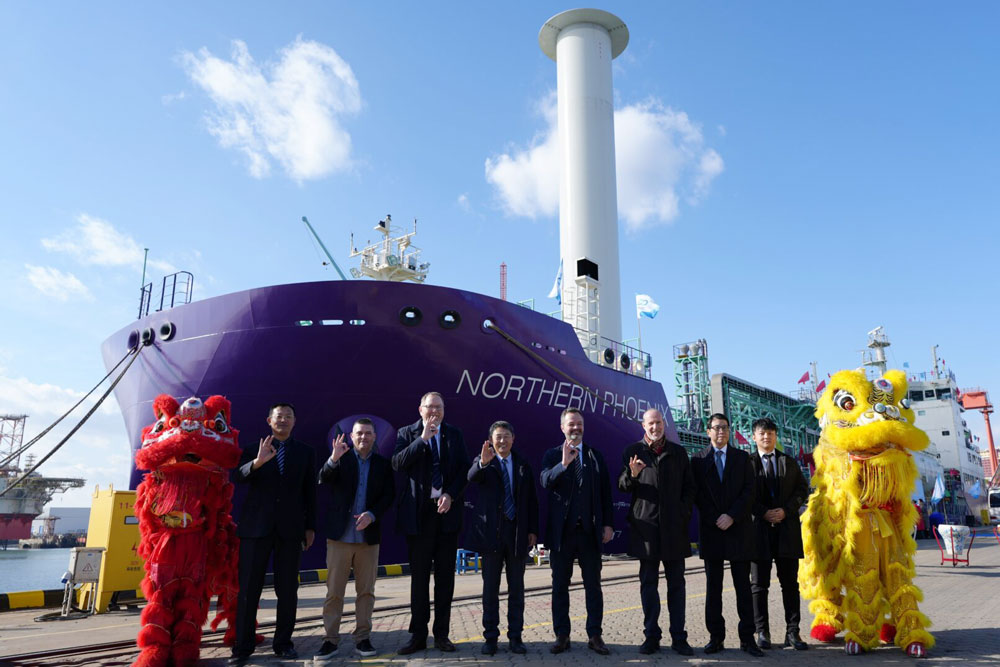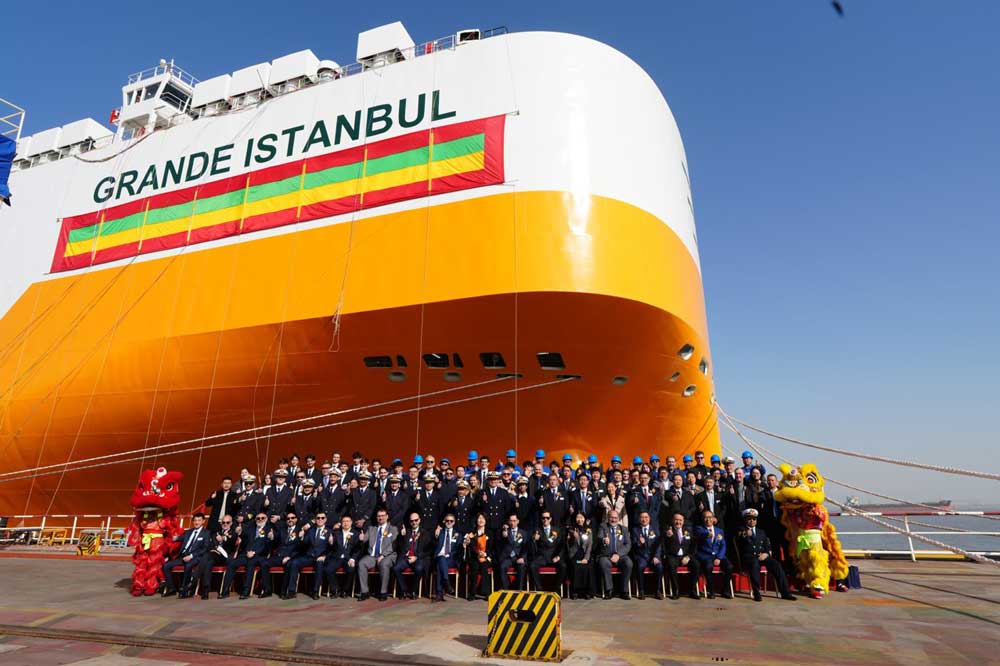Throughput at the Port of Hamburg has been stable and positive so far this year. Both the overall result and container handling have grown in the first nine months of 2025.
Seaborne cargo throughput has grown to 86.8 million tons, as has now been announced. Compared to the same period last year, this represents an increase of 3.4%. “As in the first six months of the year, this growth was driven by a positive trend in container throughput, which rose by 8.4% to 6.3 million TEU,” Hamburg Hafen Marketing (HHM) stated. On a tonne basis, containerized general cargo throughput grew to 61.3 million tonnes or 5.4%.
Bulk cargo throughput, on the other hand, declined slightly: -0.8%. According to the figures, at least grab cargo recorded “positive impetus”: +9.4%, with stronger coal and ore imports (+16.4% and +3.8% respectively).
Growth in container throughput in the first three quarters continued to be driven by the Asia (+11%) and Europe (+14%) trade lanes. Container traffic in the USA continued to face complications in trade, which was reflected in a corresponding decline in throughput figures (-23.9% to 395,000 TEU). In Asia, on the other hand, trade with China continued to record stable growth to 1.8 million TEU (+7.9%). Malaysia (+89.8% to 273,000 TEU) continued to benefit from its growing hub function in Southeast Asia. Trade with India (+45.5% to 214,000 TEU) also consolidated its high growth rate and thus its importance for handling in the Port of Hamburg. In intra-European trade, Denmark (+37.1% to 147,000 TEU), Finland (+26.5% to 195,000 TEU) and Poland (+18.9% to 276,000 TEU) stood out.
Container growth in hinterland traffic
According to HHM, additional liner services with Southern Europe, the Mediterranean and South America, which called at the Port of Hamburg for the first time in the third quarter, had a positive impact on container throughput.
Box handling in the transhipment segment confirmed the growth of the first half of the year after nine months (+22.5% year-on-year to 2.4 million TEU). The proportion of containers transported by rail remained relatively stable, with a slight decrease of 0.5% to 2 million TEU. There was a continuing trend towards high capacity utilization of container trains. Container hinterland traffic in the Port of Hamburg as a whole recorded an increase to 3.9 million TEU (+1.4%).














